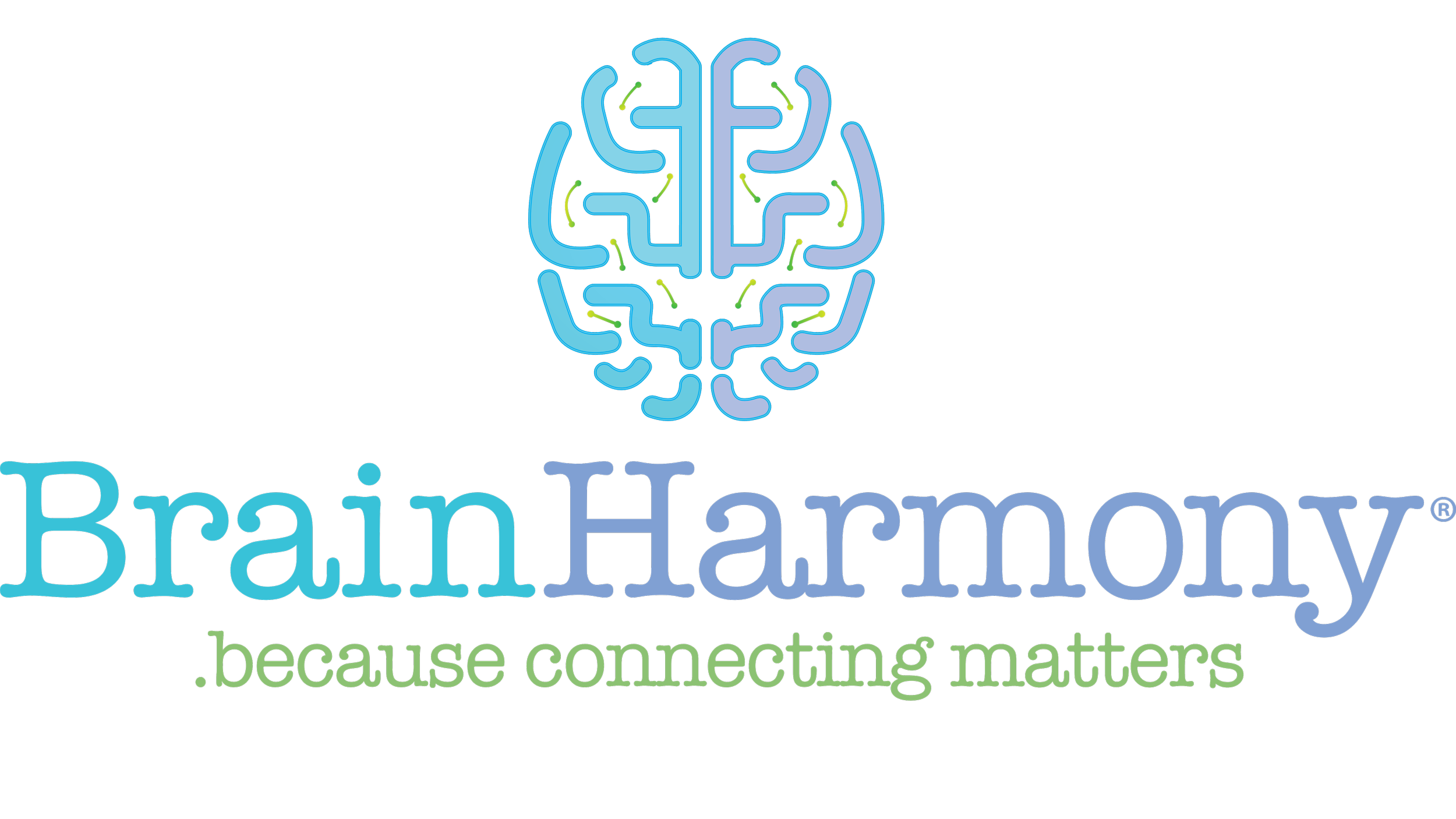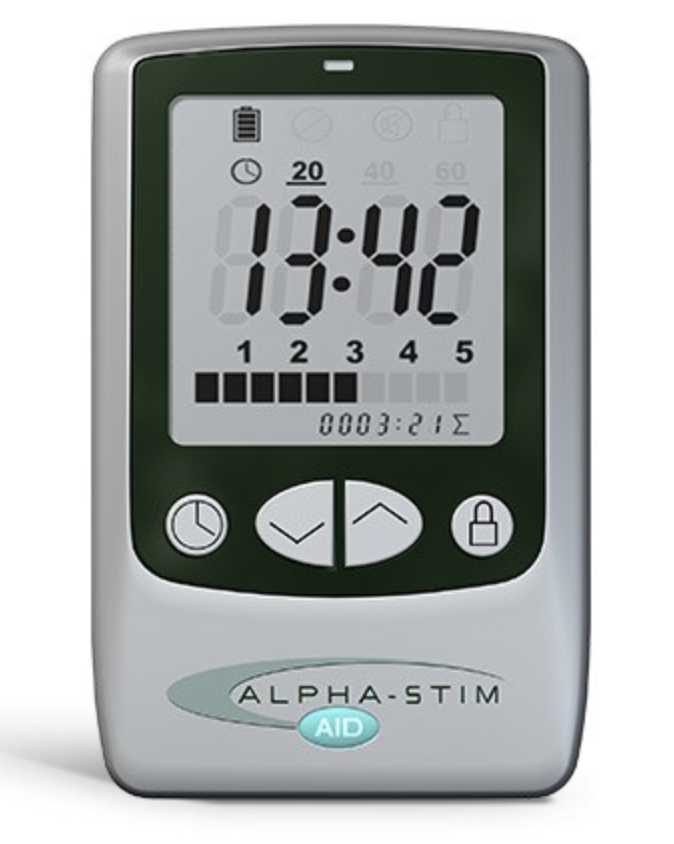How to Overcome Phobias by Rewiring the Brain
Phobias are a type of anxiety disorder that triggers your brain into thinking it's in the presence of a threat. To get to the root of a phobia, your first step is to calm your nervous system with vagal regulation, and then rewire the faulty programming that has you reacting to non-threatening stimuli.
The COVID-19 pandemic has brought on a lot of anxiety in both adults and children. In particular, we see a rise in phobias like germaphobia (fear of germs), social phobia (fear of social interactions), and agoraphobia (fear of places or situations).
Dealing with a phobia is similar to dealing with any trauma; you must start with your neurology before significant changes can take place.
In this article, we'll discuss what a phobia is, what's happening in your brain when you have a phobia, and how to unravel and rewire the triggers that keep you stuck in fear.
What Is A Phobia?
A phobia is a type of anxiety disorder characterized by a strong, irrational fear of something that poses little or no threat. When someone with a phobia is triggered, they may experience[*]:
Panic
Fear
Rapid heartbeat
Shortness of breath
Trembling
A desire to run or get away from the trigger
Neurologically, when you come face to face with your phobia, or sometimes even think about it, it triggers the fear center in your brain, called the amygdala. This ancient structure in your brain has the very important job of alerting your nervous system that you are not safe. It activates the sympathetic mode of your nervous system, and from here, your nervous system sets your body's fear response (fight or flight), in motion. You begin releasing stress hormones like cortisol and adrenaline, your blood pressure, heart rate, and breathing increase in speed and intensity, and your blood flow is sent to your limbs so you can run, climb, jump -- escape.
This response would be vital for the survival of our ancestors living in the wild, facing real threats every day. However, for someone with a phobia, this hijacked state of the nervous system sends signals to the mind and body that something is wrong and unsafe, even though no threat exists[*].
What's more, for some people the fear response is overshadowed by what is known as the freeze or fold response. In this case, you’re so overwhelmed by your fear that you shut down and become immobile, frozen in time like a deer in headlights.
This is why we will commonly see people with phobias acting irrationally in the face of their fears. It's not that they are unaware on a cognitive level that the "threat" is not at all serious, but they are activated in a fight or flight mode, which shuts down access to the rational part of their brain.
What Causes A Phobia?
Exactly what causes specific phobias can vary from person to person; some underlying reasons that someone may experience a phobia include:
Genetic susceptibility to anxiety disorders
Environmental factors
Traumatic life events
Learned behavior from parents or caregivers
Regardless of the root cause of the phobia, the neurological reaction will be the same -- a mental loop triggered by the object of your fear that sets off a cascade of "fight or flight" chemicals and reactions in your body.
Common Phobias
There are many different types of phobias that exist, but some common phobias include:
Agoraphobia
Agoraphobia is a fear of places and situations that might cause helplessness, panic, or embarrassment. This fear is often associated with a feeling of being unable to escape an uncomfortable situation and may arise after someone experiences a panic attack.
Symptoms include fear and avoidance of places and situations that might cause feelings of panic, entrapment, helplessness, or embarrassment[*].
Germaphobia
Germaphobia, also known as mysophobia, is a fear of dirt, bacteria, and other microorganisms. The person with germaphobia is afraid of getting sick and is scared of the microbes in the environment. Symptoms include avoiding "dirty" environments, excessively washing hands, and over-use of sanitizers and antibiotics[*].
Glossophobia
Glossophobia is the fear of public speaking. This is one of the most common phobias and is, in fact, often overlooked due to its prevalence. Symptoms of glossophobia include avoiding public speaking, shaky voice, nervousness that impairs your ability to communicate, and inability to find words or get words out when speaking publicly.
People with glossophobia may find that they would rather avoid promotion or take a dream job because it involves public speaking[*].
Social Phobia
Social phobia, also referred to as social anxiety disorder, is an extreme worry about social situations. People with social phobia may find that even simple interactions like ordering food at a restaurant are too overwhelming. People with social phobia are much more than shy; they have a debilitating fear of social interactions.
Acrophobia
Acrophobia is a fear of heights. People with acrophobia avoid high places and may feel sich of lightened when they see or think about heights. Symptoms include losing balance when looking at heights, shaking and trembling when faced with heights, going out of your way to avoid heights, even if it makes daily life more difficult, and feelings of panic when in high places[*].
How Brain Harmony Can Help
If you or a loved one has been struggling with phobias, there is a way out.
The most common treatment options for this type of anxiety disorder are cognitive behavioral therapy (CBT) or anxiety medications.
CBT involves working on your belief systems. People with phobias often have strong subconscious beliefs that fuel their fears and keep them in an anxious state. CBT helps to uncover those fears and gives you tools to make changes to your belief structures.
While CBT may be an effective measure for anxiety, it doesn't necessarily get to the root of your neurological miss-wiring. In an anxious brain, there is primitive wiring happening that leads you to see non-threatening stimuli as dangerous. This is why your first step in treating phobias should be calming your brain and enhancing its neuroplastic capabilities.
At Brain Harmony, we've worked with thousands of clients to move them from a state of “fight or flight” (sympathetic) mode and “freeze and fold” (shutdown mode) into a rest and digest (parasympathetic) mode. Once your brain can understand that you're safe, the necessary changes to deal with deeper wiring and programming can occur.
When dealing with phobias, we use vagal regulation followed by neurological organization to set the stage for new thought loops to be programmed in.
Vagal Regulation
In the first step of our process, we use tools such as the Safe and Sound Protocol (SSP) and Alpha Stim to enhance vagal tone and calm your brain. Your vagus nerve is responsible for bringing your autonomic nervous system into a state of calm, otherwise known as parasympathetic mode. It isn't until your nervous system is calm and relaxed that deeper changes can occur.
For people with phobias, the part of the brain responsible for the fear response, the amygdala, is overactive. Vagal regulation helps to quiet down this part of the brain so you can access areas of higher cognitive function and bring more objective reasoning into your thoughts and reactions.
Using the SSP, we send messages to your brain-body system that it's safe to relax and that you are safe in this world. This step alone can do wonders for feelings of fear and anxiety associated with phobias. Furthermore, it sets the stage for neuroplasticity, which is your brain's ability to rewire itself when given the appropriate stimulus.
Additionally, the Alpha Stim is a device which sends alpha waves to your brain, calming your neurological processing and gently slowing down the hyperactivity associated with anxiety.
Neurological Organization
Once your vagus nerve has received the inputs it needs to bring your mind and body into a state of calm, we move on to neurological organization. Now that your brain is primed for neuroplasticity, we introduce tools like the iLs (integrative listening system), which supports the reorganization of your neural connections.
Again, if your brain has been taking orders from your fear center (amygdala) for a while, it's going to need new information coming in. With neurological organization, we can get to the root of the irrational fear response and rewire it with new functional connections in the brain, instead of dysfunctional connections. This allows you to see the things you fear as less threatening.
Kirk’s Brain Harmony Success Story
Kirk suffered from complex trauma and social phobia, which lead to extreme difficulties with communication, anxiety, and managing everyday tasks. After researching Polyvagal theory and discovering Brain Harmony’s protocols, Kirk was excited about the prospect of a program that has helped those who were non verbal their whole life begin to speak. He began the Safe and Sound Protocol and soon realized it would allow him to unlock the life he had always imagined for himself.
In his own words:
“Growing up with complex trauma is just beyond any ability to communicate, and especially in the past few months, I’m comfortable enough with myself that I don’t mind another person seeing whatever happens to come up in the course of a conversation, and that would have almost been science fiction to me a couple of years ago.” (watch Kirk’s interview below)
Takeaway
Phobias can stem from a number of life experiences or environmental or genetic factors, but the root is always the same; a disorganized brain that doesn’t know how to discern between a real threat and a perceived threat.
If you or someone you love is struggling with phobias, Brain Harmony can help by calming the nervous system and allow access to the root of the neurological disorganization.
To determine if Brain Harmony is right for you, contact us for a Free Consultation.





